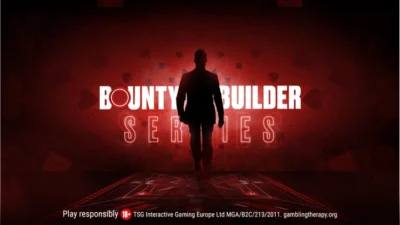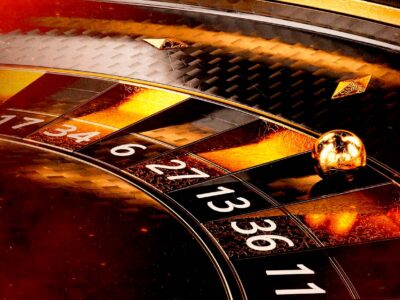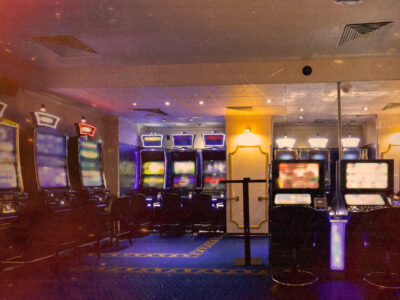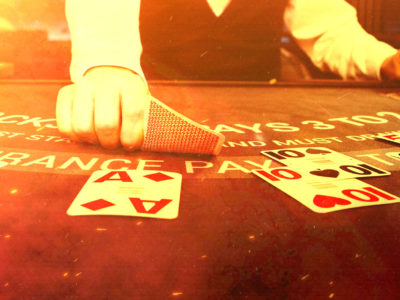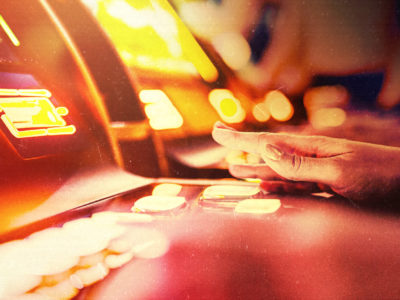Virtual reality has arrived, and it’s proving to have more applications than we ever imagined. From fully immersing yourself in underwater environments, to taking a stroll around museums from the comfort of your own home, VR gives you access to any world that developers can create.
But it’s not just the casual uses that we’re interested in. VR has the potential to reshape society in any way imaginable, changing our approach to everything from employee training to mental health. Here are just a few of the ways that virtual reality is making an impact right now…
Virtual Shopping
The internet has already changed the retail world in a massive way, and VR is the next revolutionary technology that is about to make its mark on the way we do our shopping.
VR allows companies to demonstrate products and services in a completely new way. Picture being able to test drive that brand new car, or take a virtual tour of a house before making it your home. Imagine being able to look around your hotel room before booking it. Well now you can with VR technology.
In the near future it will be possible to shop around in virtual marketplaces with personalised aisles of your favourite products. VR can bring back the shopping experience to a digital world, without the associated hassles of being at the mall. Yet the benefits of VR start long before products even hit the shelves. Businesses use VR technology to design and test products, reducing costs and improving quality. Automobile companies Toyota and Ford already use VR to enhance the design and safety of their cars.
VR saves time and money for businesses, whilst customers enjoy a more immersive and enjoyable shopping experience. The potential use cases for VR (and AR) in retail are so vast that Goldman Sachs forecast the industry to be worth $1.6 billion by 2025.
VR To Train Employees
VR allows the employee to practice and prepare independently for pretty much any job, resulting in faster onboarding and less disruption to the company. VR training is especially useful for situations that are dangerous or difficult to replicate.
This is actually nothing new. Flight simulators were one of the first applications of virtual training, and have long been used by pilots before they prove themselves worthy of flying a real plane. Recent developments allow employers to implement VR training across a wide range of industries. Walmart already use 45 modules of VR in their 200 Academic training centres. One such module prepares staff for the yearly Black Friday rush, an event that would otherwise be impossible to train for.
In the medical industry, surgeons can perfect techniques and procedures to cure the ailments of accurate VR models, rather than using plastic or human donors. The Royal College of Surgeons in Ireland already successfully run simulated surgery on virtual emergency car accident patients.
It’s possible to run hundreds of simulations of job training scenarios from a VR program, which can only result in better doctors and brighter shop assistants. I’m sure we can all agree, that’s got to be a good thing!
VR In Mental Health
Mental health is an underfunded industry, which often results in long waiting lists and substandard treatment. VR offers alternative therapies that can reduce the strain on health services.
Major health organizations like the NHS already work with VR technology to offer simple and accessible therapies that guide patients through troubling situations, allowing them to explore virtual scenarios designed to help relieve stress or confront fears.
So far, the most common type of VR therapy used by practitioners is exposure therapy, which is useful for phobias, addictions and traumas. For example, if you have a fear of heights or spiders, you can face your fear directly yet safely using VR.
VR technology is also being used to help people to overcome isolation and depression, whether due to disability, old age or unusual work conditions. Take the case of workers at Australia’s Antarctic stations, who are faced with months away from home in harsh, cold environments. They are using VR to take a welcome break in a natural setting like a forest or beach, to gain relaxation and mental well-being.
VR Poker

Live and online poker collide in brand new PokerStars VR experience…
When it comes down to it, gaming is still one of the biggest driving forces behind VR technology. Headsets like the Oculus Rift and HTC Vive plug gamers into mind-blowing interactive experiences, from the racing thrills of Dirt Rally to the scary chills of Resident Evil.
At PokerStars, we’ve come up with a little something for everyone out there who is interested in VR. We have developed a virtual reality poker game, and we think it’s pretty cool!
PokerStars VR is a free-to-play immersive poker game which gives you the chance to join friends or strangers in visually stunning and highly entertaining environments. We think it’s the perfect combination of serious poker gameplay and outrageous interactivity, and it’s about to shake up the poker world.
In PokerStars VR, you play as if you were actually sat at a real table, but with some crazy twists. You can handle poker chips and cards, study opponents for tells, chat in real time, and fool about for fun and laughter. No other poker game gives you the opportunity to open up a bottle of champagne, throw around stacks of cash and pet your donkey companion while showing down your pocket Aces.
VR has as much potential for saving lives and enhancing society as it does for entertainment. And we support both. The technology is still in its infancy, so it will be interesting to see how it develops over time.

PokerStars VR is available to play now. Please click here for details.
View Other Blogs





